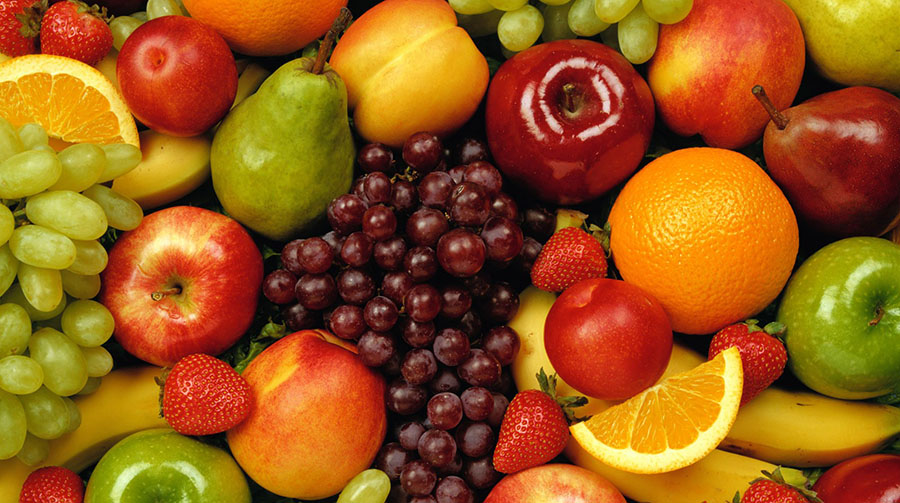WANG Xiaolong, SHAO Xuedong, ZHANG Zhengwen, ZHONG Xiaomin, WANG Fucheng, SHI Xiangbin, WANG Baoliang, WANG Haibo
The changes of minerals in leaves(L), flowers/fruits(F)and their correlations in the full-bloom stage(FBS), veraison stage(VS), and maturation stages(MS)of Merlot grapes in the Penglai producing area was analyzed, and which will provide the theoretical basis for the nutritional diagnosis and scientific fertilization of Merlot grapes. In 2018-2020, 16 Merlot grapes under fixed formula fertilization in the Penglai production area were selected as the research object. Each formula fertilizer selected 4 orchards, a total of 192 Merlot vineyards, and the leaves, flowers/fruits of different growth periods were compared. For differences in the content of mineral elements, correlation analysis was used to screen the main leaf nutrient factors that affect the mineral nutrient content of the fruit. The contents of L_Fe, B and F_N, P, K, Mg, Fe, and B content in each growth period showed the order of FBS>VS>MS, and there were significant differences in different growth periods. The contents of L_Mn, Cu and Cu content showed the order of VS>MS>FBS, and the differences were significant in each growth period. Except for N/Ca/Mg at FBS, Cu at MS, and Mn at FBS NS/MS, other leaf and flower/fruit mineral elements showed significant or extremely significant differences. The contents of N, Ca, and Mo in each growth period showed the order of L>F. The content of Fe, Mn, Zn, and B in each growth period showed as F>L. The content of P and K was expressed as F>L in both FBS and VS, and L>F in MS. The content of Mg and Cu in FBS was F>L, and in VS and MS, the content was L>F. There were similarities and specificities in the changes of mineral elements in the leaves and fruits of Merlot grapes, which might be caused by the different degrees of synergy or antagonism between the various mineral elements in the leaves and fruits. Correlation analysis showed that the content of various elements in leaves and fruits showed different degrees of correlation during different growth periods. P, K, Fe, Zn, Cu, B were indispensable elements in the development of Merlot grape flowers. The content of Ca, Mn, and Cu in the leaves and fruits of Merlot grapes increased significantly during the period of FBS and VS. During the MS of Merlot grapes, the N, P, K, Ca, Mg, and Mo contents in the leaves were significantly higher than those in the fruits, and the contents of Ca, N, and K were higher, indicating that the effects of Ca, N, K in the growth and development of the fruit were relatively high. The demand was higher than other mineral elements. In summary, the P, K, Ca, Mg, Fe, Zn, Cu, B, and Mo levels in the leaves before anthesis could be adjusted to regulate the content of P, K, Fe, Cu, and B in the flower;because the Ca in the leaves was not easy to effectively transport to the fruit for its use, so Ca should be directly applied to the young fruit in a targeted manner. During the VS, the content of Mn and Cu in fruits could be regulated by increasing the levels of Mn and Cu in leaves. During maturity, the contents of P, K, Zn, and Mn in the fruit could be regulated by increasing the levels of N, K, and Ca in leaves.
